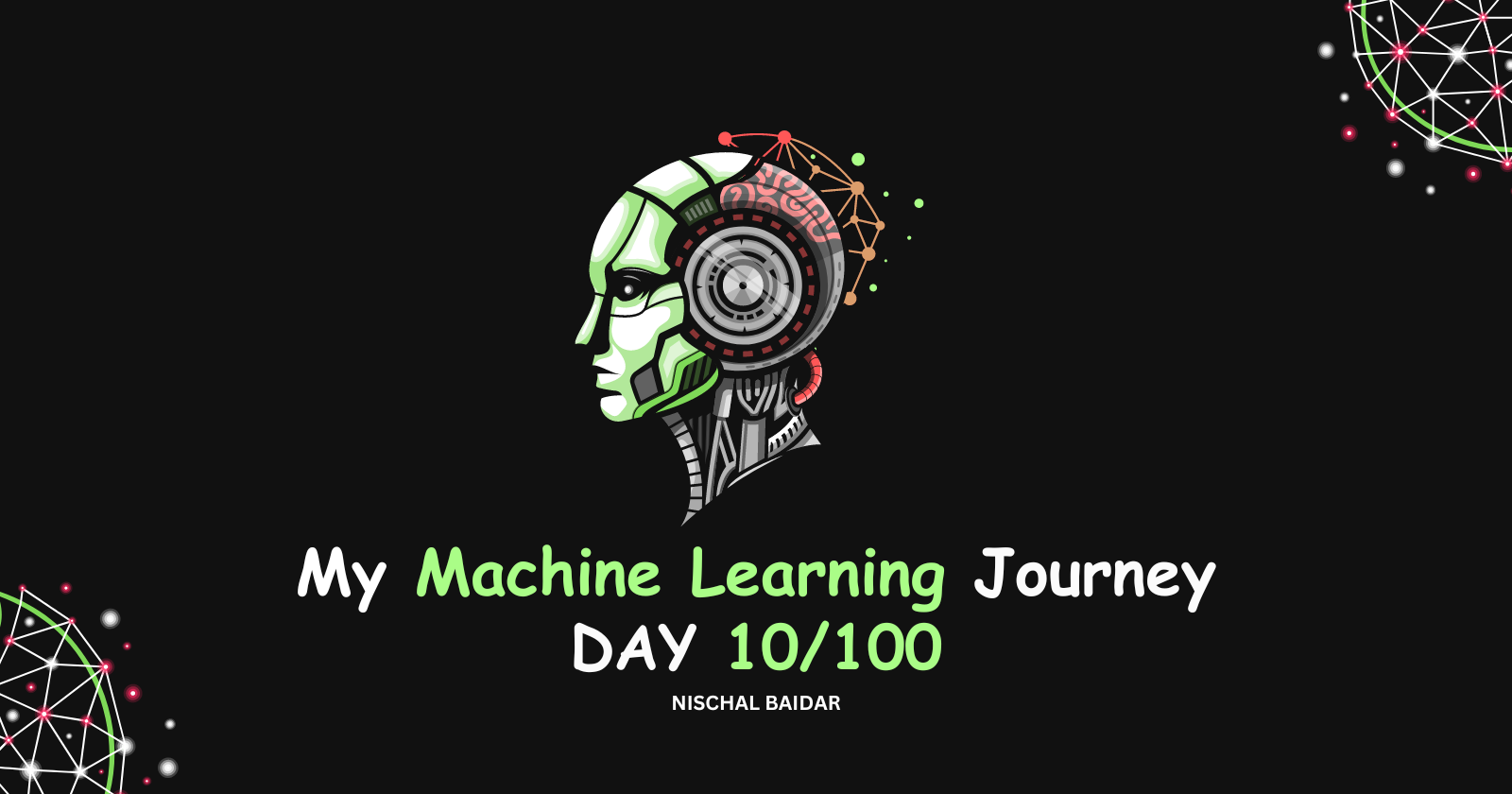Day 10 - Framing a Machine Learning Problem
 Nischal Baidar
Nischal Baidar
🎯 1. Define the Problem Statement
Every machine learning project begins with a clear problem statement. What exactly are we trying to solve? 🤔 For instance, imagine we want to predict whether a customer will buy a product based on their browsing history. 📈
🧩 2. Understand the Data
Data is the fuel for our machine learning models. 🚀 Collect and analyze your data to uncover patterns and insights. 📊 For our example, we might need data on past customer behavior, demographics, and purchase history. 📚
🔍 3. Choose the Right Type of Problem
Machine learning problems can be categorized into several types:
Classification: Predict categories (e.g., spam or not spam) 📧
Regression: Predict continuous values (e.g., house prices) 🏡
Clustering: Group similar items together (e.g., customer segments) 🧑🤝🧑
Anomaly Detection: Identify unusual patterns (e.g., fraud detection) 🚨
🔧 4. Prepare the Data
Data preparation is crucial. Clean, transform, and split your data to ensure it's ready for modeling. 🧹 For instance, we might need to handle missing values, normalize data, and split it into training and testing sets. 🔄
🧪 5. Select and Train Your Model
Choose the machine learning algorithms that best fit your problem. 🌐 For classification, you might use logistic regression, decision trees, or neural networks. 🧠 Train your model using your prepared data to learn from it. 📚
📈 6. Evaluate Your Model
Assess your model’s performance using metrics like accuracy, precision, recall, and F1-score. 📊 For our example, we might use accuracy to determine how well our model predicts customer purchases. 📉
🚀 7. Deploy and Monitor
Once your model is trained and evaluated, it’s time to deploy it and make predictions in real-world scenarios. 🌍 Don’t forget to monitor its performance and make adjustments as needed. 🛠️
🌟 8. Iterate and Improve
Machine learning is an iterative process. Based on feedback and new data, refine your model and enhance its performance. 🔄 Continuous improvement is the key to success! 💪
Subscribe to my newsletter
Read articles from Nischal Baidar directly inside your inbox. Subscribe to the newsletter, and don't miss out.
Written by
